TPO - A metal detectorist in Germany has discovered a rare treasure trove of nearly 3,000 Roman coins outside the ancient borders of the Roman Empire. Experts do not know how or why this huge treasure trove appeared there.
TPO - A metal detectorist in Germany has discovered a rare treasure trove of nearly 3,000 Roman coins outside the ancient borders of the Roman Empire. Experts do not know how or why this huge treasure trove appeared there.
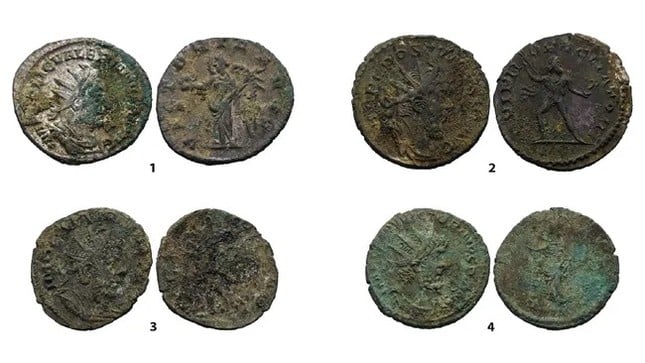 |
Front and back of some Roman coins from a treasure trove found in Germany. (Photo: GDKE RLP, Landesarchäologie Koblenz) |
The metal detectorist immediately reported the find to government archaeologists in Koblenz, a city on the Rhine River. Subsequent excavations uncovered some 2,940 coins as well as more than 200 thin silver pieces decorated with geometric designs buried in a now-broken ceramic vase hidden between two boulders.
"Most of the coins are so-called Antoniniani, which were the official silver coins of the Roman Empire in the 3rd century but were mainly made of bronze with a thin coating of silver," said Timo Lang, director of the Koblenz branch of the State Archaeological Service in Rhineland-Palatinate, who oversaw the excavation.
Due to the poor state of preservation of the coins, only 100 have been identified to date, most of which depict a Roman or Gallic emperor on one side and other images on the reverse, such as the gods Hercules and Mars. The oldest coins depict the Roman emperor Gordian III (reigned 238–244 AD), and the youngest depict the Gallic emperor Victorinus (reigned 269–271 AD). Archaeologists are not sure what the silver pieces were, but the shape of the ceramic vessel fits the Roman ceramic tradition of the third century AD.
Timo Lang says the coins date from AD 241 to 243 to AD 269 to 271, so the treasure was probably buried in the early 270s.
The discovery was made near the town of Herschbach in the Westerwald Mountains, 11 miles (18 km) from the Upper Germanic Limes, a line of fortifications that marked the Roman Empire's border with the Germanic peoples. While third-century Roman coins are often discovered within the empire's borders, finding such a large hoard outside the empire's former lands is extremely rare.
So how did these coins get into enemy territory? There are several possibilities. One is that the Gallic Empire tried to bribe the German elites not to attack them or the Roman Empire. However, why these coins were hidden in the Westerwald Mountains, where there were no known German settlements, remains a mystery.
According to Live Science
Source: https://tienphong.vn/phat-hien-kho-tien-hiem-co-tu-thoi-la-ma-o-vung-nui-duc-post1683574.tpo


![[Photo] Prime Minister Pham Minh Chinh chairs meeting on science and technology development](https://vphoto.vietnam.vn/thumb/1200x675/vietnam/resource/IMAGE/2025/5/17/ae80dd74c384439789b12013c738a045)
![[Photo] Readers line up to visit the photo exhibition and receive a special publication commemorating the 135th birthday of President Ho Chi Minh at Nhan Dan Newspaper](https://vphoto.vietnam.vn/thumb/1200x675/vietnam/resource/IMAGE/2025/5/17/85b3197fc6bd43e6a9ee4db15101005b)
![[Photo] More than 17,000 candidates participate in the 2025 SPT Competency Assessment Test of Hanoi National University of Education](https://vphoto.vietnam.vn/thumb/1200x675/vietnam/resource/IMAGE/2025/5/17/e538d9a1636c407cbb211b314e6303fd)

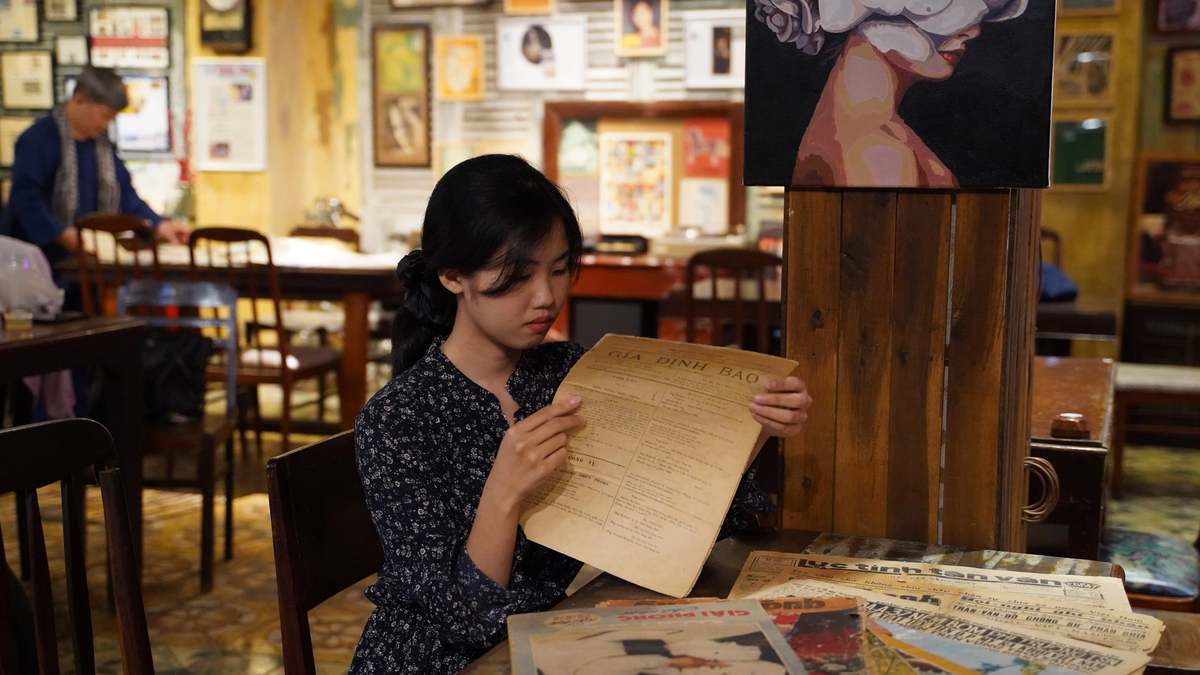



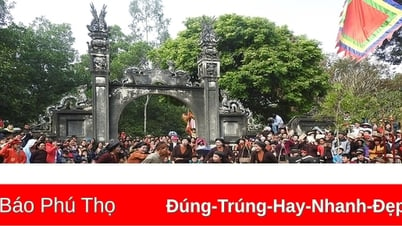


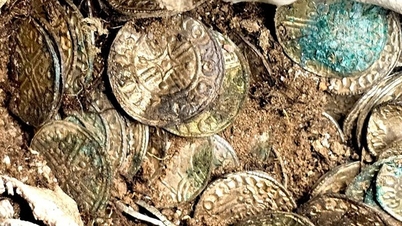



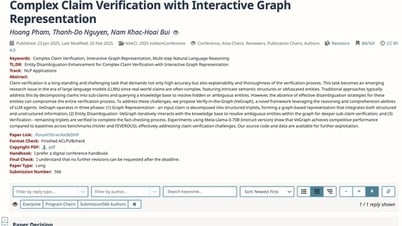


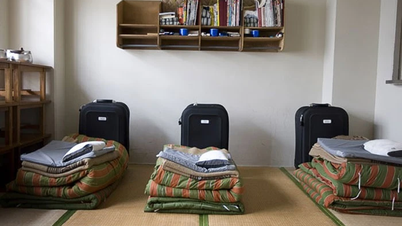













![[Photo] Nearly 3,000 students moved by stories about soldiers](https://vphoto.vietnam.vn/thumb/1200x675/vietnam/resource/IMAGE/2025/5/17/21da57c8241e42438b423eaa37215e0e)








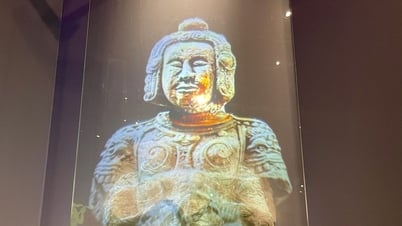

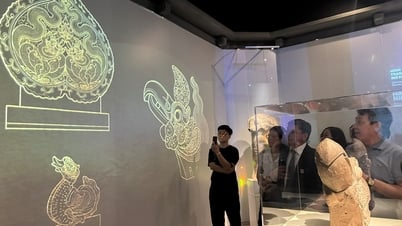












































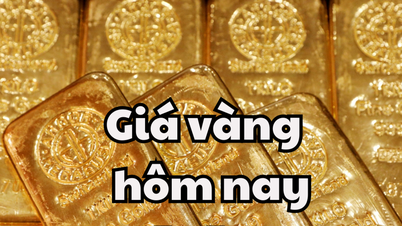
















Comment (0)